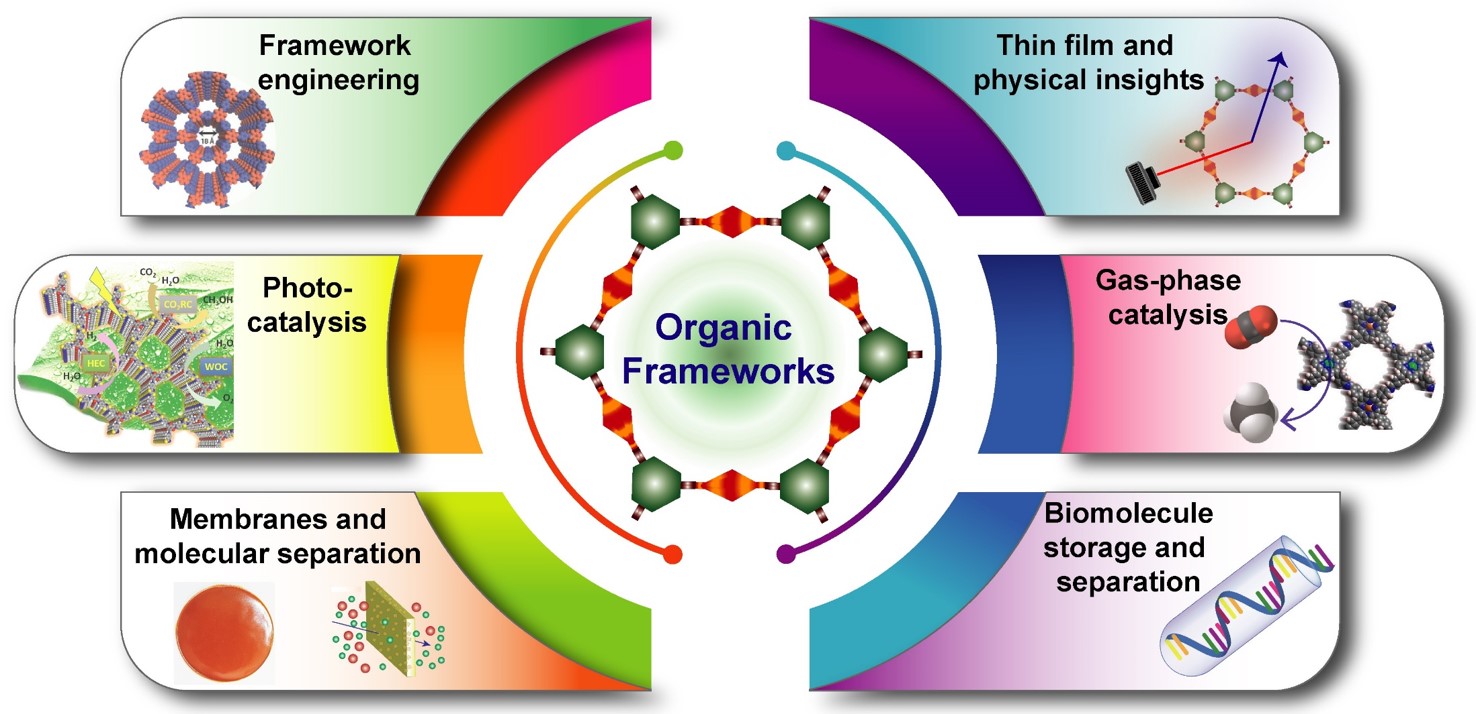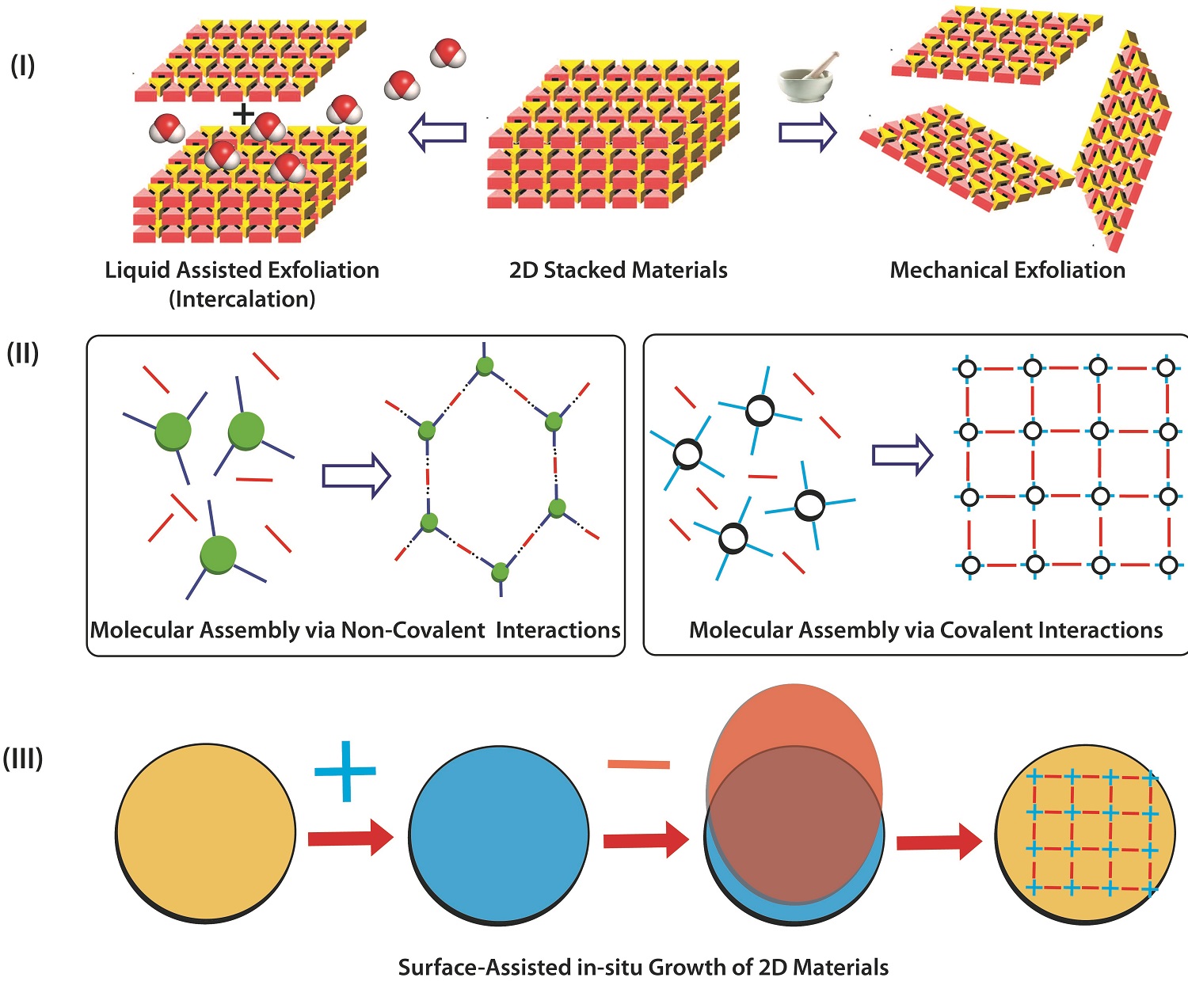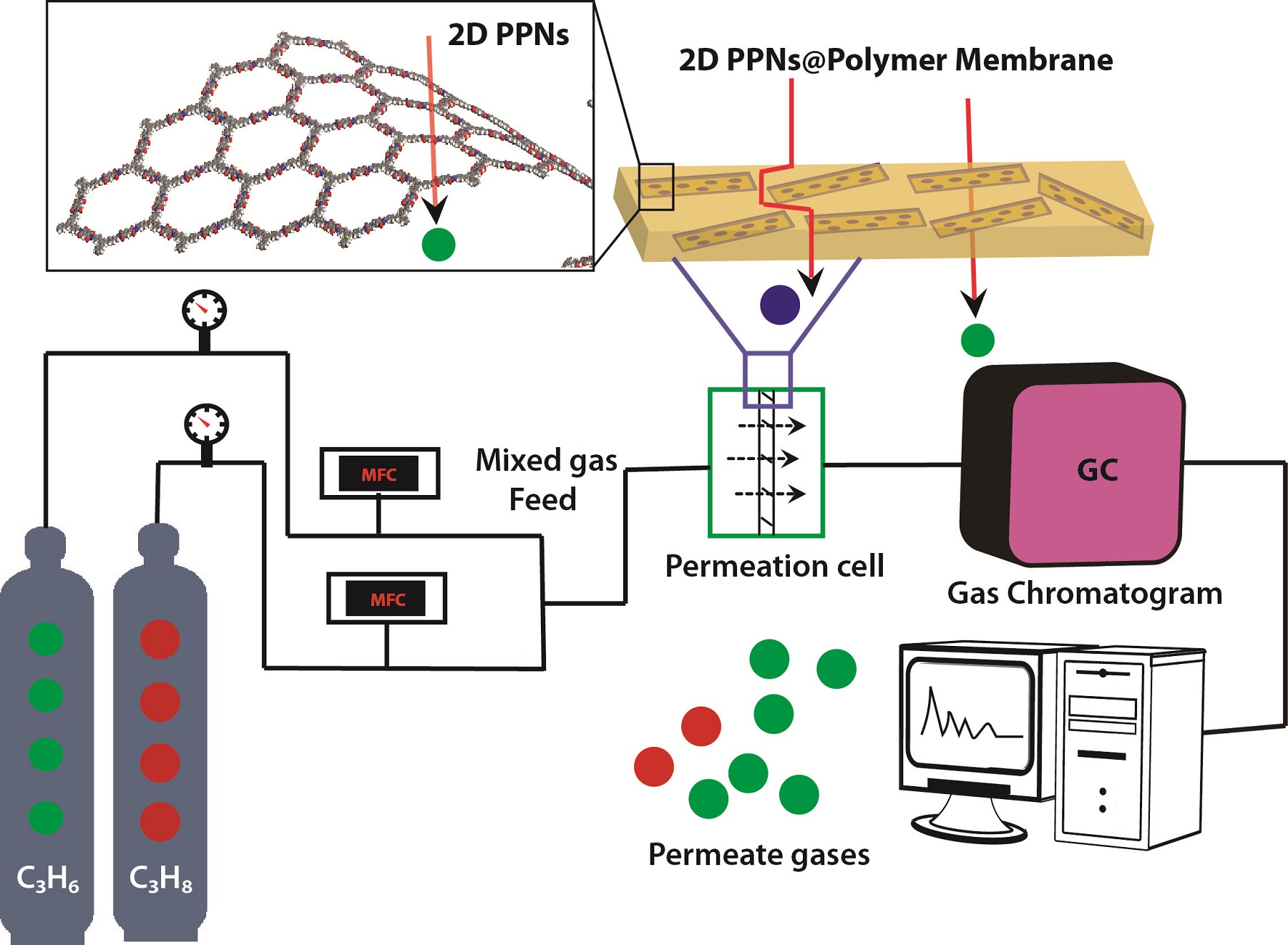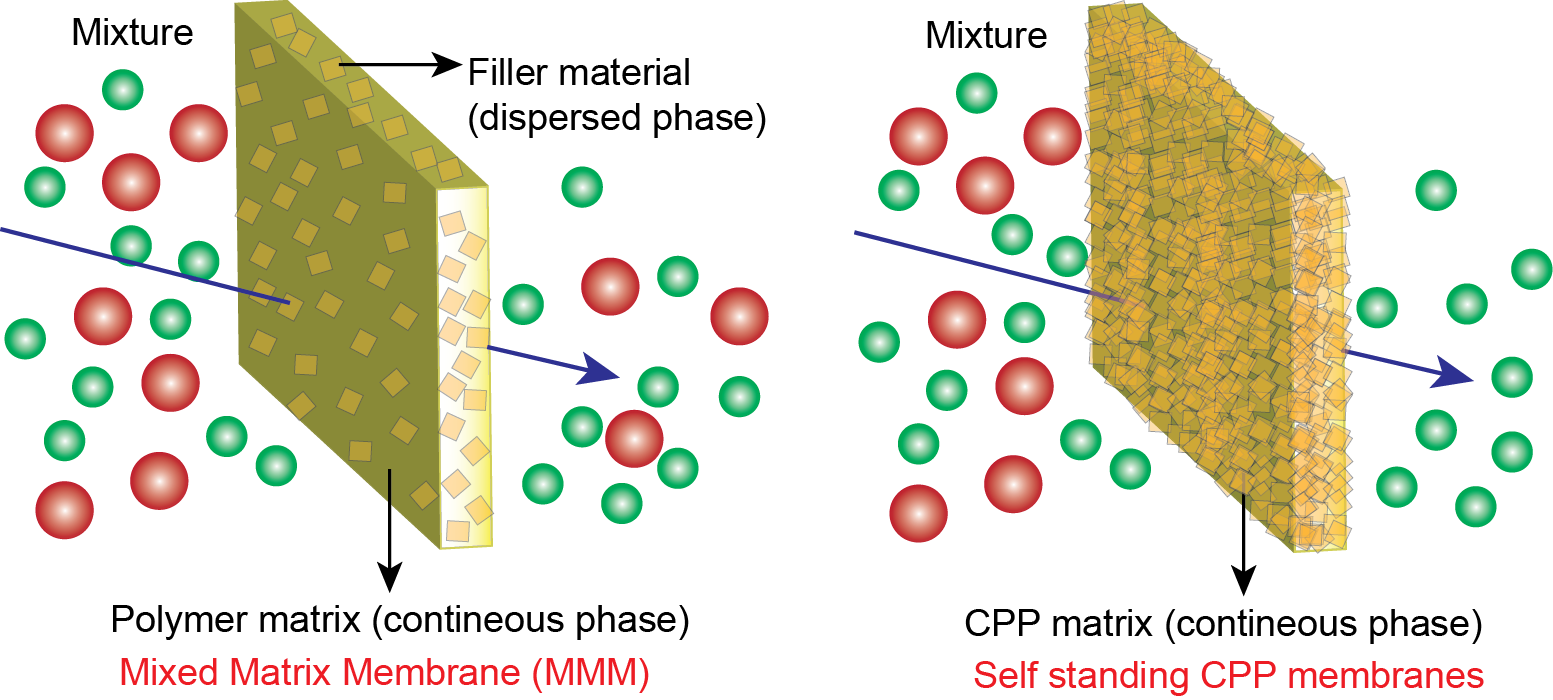
We also have an interest on the engineering of advanced porous crystalline materials for solar-driven renewable fuel production, and gathering unique insights into the photocatalytic reaction mechanism and the complex kinetics of the reaction system.
The conversion and storage of solar energy in the form of chemical bonds in “solar fuels” such as H2 and CH4 through light-driven H2O and CO2 reduction, respectively, has evolved into a key technology over the last decade, driven by the fast depletion of fossil energy sources and rapid global climate change. The research on solar fuel production utilizing fully organic frameworks as heterogeneous photosensitizers has been gathering significant momentum due to their crystallinity and ordered porosity, controllable light harvesting and photophysical properties, as well as their molecular definition and tunability.
 Our group is particularly interested in the ordered porous inorganic/organic and hybrid materials; this area of research is most exciting due to their structural diversity and wide applicability towards solving societal problems related to clean energy and the environment.
Our group is particularly interested in the ordered porous inorganic/organic and hybrid materials; this area of research is most exciting due to their structural diversity and wide applicability towards solving societal problems related to clean energy and the environment.



